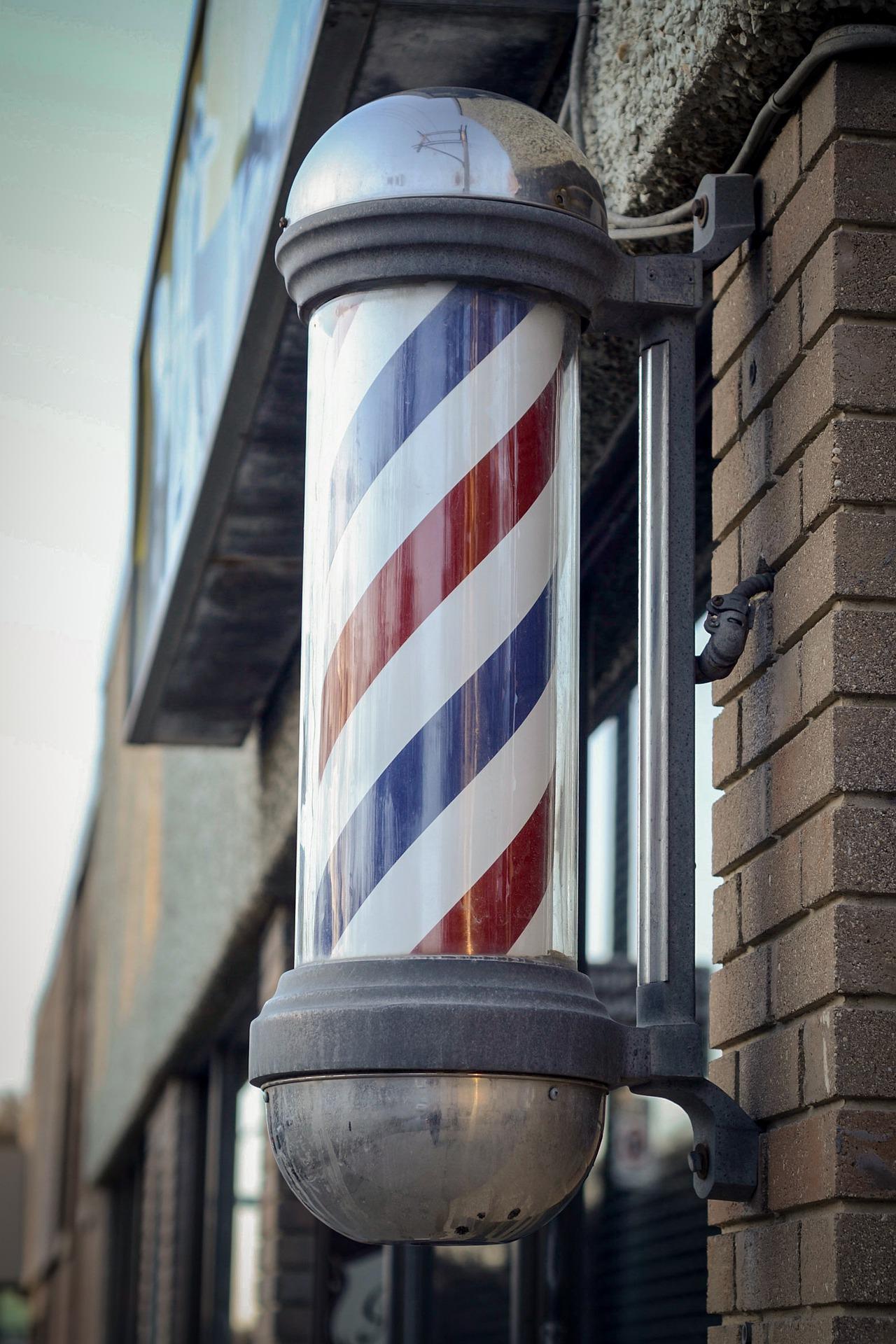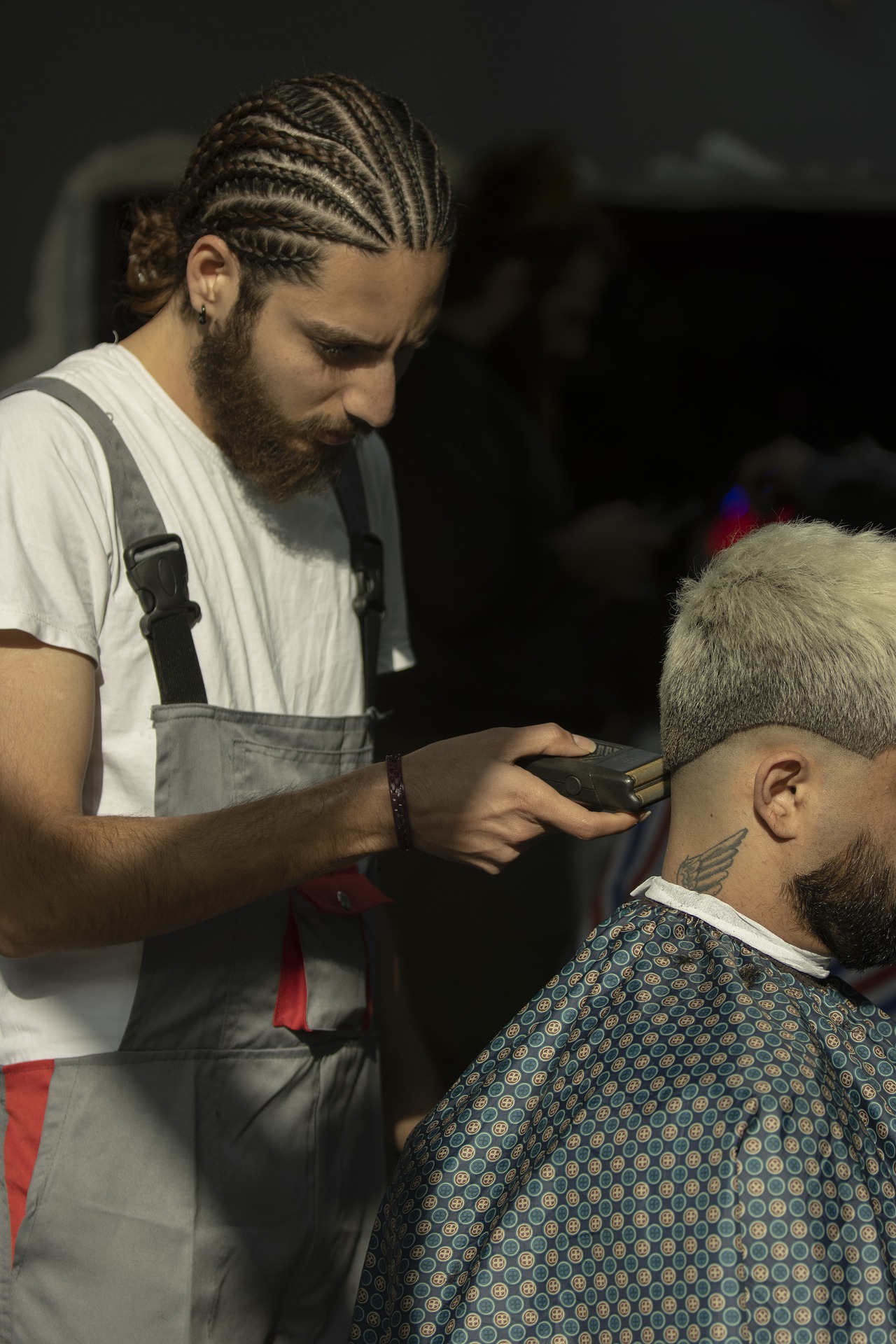Top Tips from the Barbering Pros
August 15, 2022

Tip 1: Tools – Get the right tools
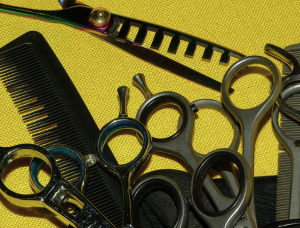
As with most professions, you need tools to do the job. Surgeons need scalpels and steady hands, Chefs need knives and whisks, Builders need hammers and nails, Musicians need instruments and inspiration, and artists need…you get the picture. To be a complete barber requires the same; you’ll need a basic set of tools that you will need to be able to offer your services, whether you are an amateur or pro. Wondering what those are? Well, here are the must-have tools.
#1 Hair Comb
This one is number 1 for a reason, whether you are styling or clipping, cutting ANY type of hair, be it on the head, beard, or mustache; you are going to need a hair comb as you prep the client for their service.
Hair combs vary to suit different hair textures, so don’t limit yourself with just one type.
#2 Hair Clippers
You’ll need a wired or wireless trimmer for when you need to shave hair off quickly and cleanly and thus making it an essential tool in barbering. Don’t cheap out on this tool, your clients will know. Cheap trimmers tend to pull hair (very uncomfortable) than cutting cleanly.
#3 Hair Shears
The ability to operate shears with skill is considered essential to being a barber. Used for trimming and cutting the hair, whether cutting with the hair between your fingers or by pulling it over a comb.
#4 Prep Tools
Tools such as shaving cream, hair sprays, shampoos, conditioners, pomades and spray bottles, warm water, a cape and an apron.
These are the core prep tools but keep up to date as there are always new designs/tools coming out that can advance and improve your service further.
#5 Towel
A barber without a towel, is like a chef with no apron; a towel helps in many steps while cutting hair, like wiping excess shaving cream off the face, cleaning away the damp, cut hair from the skin, and in some cases wiping down your tools
#6 Cleaning Brush / Duster
Last but by no means the least, is the cleaning duster or brush to wipe away fallen hair during and after the treatment, from your client and your tools. Ideally, these should be two separate tools.
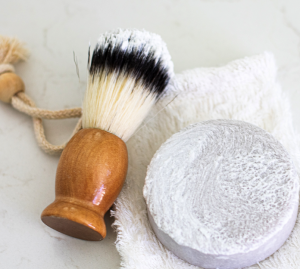
Tip 2: Hygiene-Cleaning your tools
As a Barber, your responsibility is to ensure that your tools are clean. Part of this process is to ensure that you know and understand the terms used when describing the cleaning process.
The three options are Sanitization, Disinfection, and Sterilization.
Sanitation –
is the process of washing, cleaning, or removing dirt, dust, debris, or germs on any surface.
Disinfection –
destroying microorganisms and removing most organisms’ presence on any surface so they cannot pass on an infection. So, for example, you would disinfect an area where you would change a child’s diaper.
Sterilization –
involves handling and killing off microbial and forms of bacteria and viruses on any objects or surfaces.
Check out this great video from @jjayberdedbarber
Tip 3: Customer Service
Conversation etiquette plays a huge role in customer service. Professional and authentic interactions with your clients go far beyond the opportunity to cut.
It helps build a lasting relationship with the customer and fantastic levels of customer retention. It also inspires future communication and creates fans and advocates of your brand. Customer service training is the most crucial part of achieving these goals.
@ChrisBossio has the ‘I have a dream’ speech for barbers; he gets motivational on how to treat your customers to ensure maximum retention.
Tip 4: Stay Motivated
Victor Fontanez, professionally known as @Vicblends, is a young barber and entrepreneur from Fayetteville, North Carolina, who has grown his side hustle from cutting hair in his mom’s garage to a career fast becoming one of the most renowned celebrity barbers and business moguls. He may be young, but his experience and work speak to a mature barber.
Tip 5: Scheduling client appointments
The market is filled with many online scheduling tools that prove beneficial in running an efficient business. Apps such as Schedulicity, Barberly, Booksy, of course our very own TrimCheck app.
In this video, @Floridabarbermikey goes through some of these apps and their pros and cons.
Tip 6: Learn how to market yourself
Marketing yourself is showing the best of yourself. Making connections and becoming known increases your prospects and opportunities.
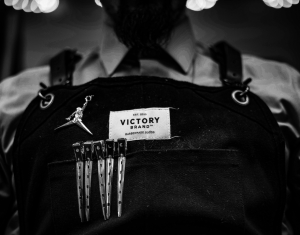
Marketing yourself can be broken down into these four basic principles;
-
Identify a target audience –
Who do you want to serve?
-
Know your USP (Unique Selling point) –
What makes you special?
-
Show a little personality –
You don’t even have to be the chattiest person in the room, but you do need to be able to hold a conversation.
-
Be business savvy –
You need to see yourself as a brand and conduct yourself as such.
@SliderCuts has a great video aimed at veterans.
Tip 7: Consistently practice and learn
We live in an age where access to information has never been higher. YouTube is the third most visited website in the world, behind Google and Facebook (Alexa, 2015), with TikTok on track to overtake them both. Educational videos have been uploaded to YouTube since 2005, and you need to utilise the opportunity for free learning. Alongside the information on the internet, paid barbering courses are available on other platforms such as Udemy.

Check out our blog on online barbering courses for more.
Tip 8: How much money can you earn (income)?
Barbering is one of those careers where the upper limit of what you can make is dependent on the investment of time, effort and hard work you put into it. There are top-class barbers who have taken the time to discuss their journey to making six figures. It is worth noting that they are not charging 150 for a cut, but instead, they can make this kind of income mainly due to their number of customers, customer retention, and creating multiple sources of income.
In this video, Chris Bossio talks about the business side of barbering. He talks about being able to manage your finances and gives excellent tips on how there is real value in partnering or building a relationship with an accountant if you’re serious about your business!
Sophie is a well-known “influencer” in the barbering space with a great branding perspective. Branding is the difference between making 1,200 a month vs 1,200 weekly.
Tip 9: Is there a difference between beauty school and barber school?
Salons are typically cosmetologists trained to use scissors, styling, and hair coloring, while Barbers are trained to use clippers and razors. The industry trend is moving toward more upscale barbershops and salons for men, and the line between barbers and stylists is becoming blurry.
Many hairstylists are getting proficient at classic men’s haircuts, and tools, while barbers are becoming skilled in longer and more trendy styles. Despite this, the educational qualifications vary.
You may want to broaden your skill set and be able to cater for multiple hair services so getting certified from beauty school and barber school might be a smart route for you.
Contact us at barberhub@trimcheck.com



